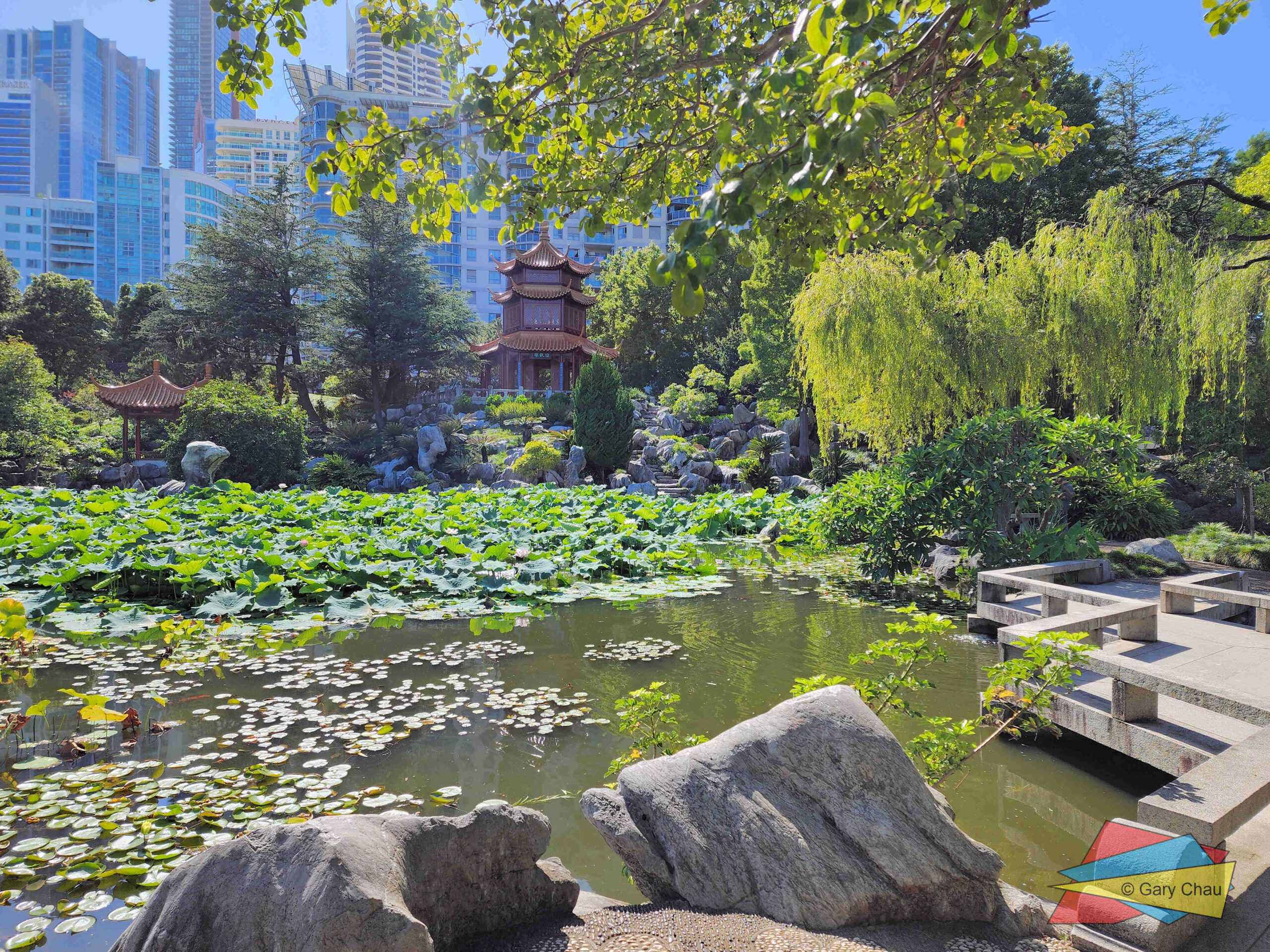The Summer Palace (or 頤和園) in Beijing was a luxurious escape for past Chinese Emperors and Empresses. The previously private quarters for the holders of the Mandate of Heaven comes with its own lakes, gardens and of course palaces. It is now open to the public and back in 2018, it was a crowded venue with lots of visitors from around the world. You spend a few hours walking along the lakes, while exploring the intricate architecture along the shoreline.
The Summer Palace is currently a UNESCO World Heritage Site, which makes it a protected historic site. Interestingly, China one of the countries with the most UNESCO World Heritage Sites at 55 sites as at 14 March 2021 (equaling Italy). According to UNESCO, the Summer Palace was first built in 1750, but was largely destroyed in the war of 1860 and then restore on its original foundation in 1886. The site has natural landscapes of hills and open water and combined with artificial features such as ‘pavilions, halls, palaces, temples and bridges to form a harmonious ensemble of outstanding aesthetic value’.
The Summer Palace was predominantly used by the Emperors and Empresses of the Qing Dynasty, the last of which was the infamous Empress Dowager Cixi. The site sounded like an opportunity to the royals to escape from their day to day duties (but honestly, it doesn’t sound like they did very much to warrant a break since it sounded like their main role was tedious and time consuming grandstanding).
The entire Summer Palace is centered around Longevity Hill and the Kunming Lake. You can walk the length of the lake and capture the feel of what it would have been like in the old days. Most of the aesthetics have been well preserved and it’s a very tidy site, with rarely any rubbish laying around. One prominent feature was the amount of concrete and stone that lined the walkways and structures. (We went during their Spring, so I was hoping for a bit more greenery.) You can definitely capture some beautiful scenery if you angle and time it right.
There was an opportunity to do a photo shoot in different kinds of Qing era outfits. The Qing era outfits and the photos were alright, but nothing amazing. There was no USB provided, but at least they laminated the photos. The people running the photo shoot were fast moving and in a rush. During the session, we came across some language barriers when the photo shoot operators read the wrong signals and started printing out all our photos. (These photos weren’t exactly cheap.) I thought they tried hard to be as dodgy as possible with extracting money from unsuspecting tourists. Fortunately, after a bit of settlement, we were able to pick the photos we wanted and only paid for around five of the ones we wanted. (It’s not an experience I wish on anyone. While the photo experience was fine, the money grab issue was a lowlight.)
Another odd situation was when I walking down the main archway and a security person came up to me. I was holding up my video camera taking footage of the site. I wasn’t sure what he said, because my Mandarin was (at the time) poor (but not completely absent as I can understand certain words here and there). But he was taken aback when I responded in English (and he became lost for words, but I get why people would make assumptions – this is a lesson against making assumptions). Knowing there wasn’t much I was going to resolve, I just walked off and put my video camera away (thinking he wasn’t happy with my camera for whatever reason). Luckily he didn’t follow. (My Mandarin is probably now good enough to be able to communicate more effectively next time.)
Here are some photos of the Summer Palace:

Overall, we came to the Summer Palace after visiting the Beijing Zoo. It was the last destination on our rushed itinerary with Nexus Holidays. (We paid about AUD$200 extra for this operational activity. If you didn’t pay for this optional activity, you were sent back to the hotel at 12:00 pm, which had nothing around it that you could explore because it was in the middle of nowhere.) We spent around 45 minutes at the site. It started with a guided tour with some history and then we had free time to roam the grounds of the Summer Palace. I wished we spent longer, because there was plenty more we could have seen and captured.
The Summer Palace is located within the Haidan District in Beijing, China:
Please support the website by liking the article or subscribing to the mailing list. The review and the experience above are based on my own views. No commission, freebies or payments have been received.
Here are some of my recent articles:
Discover more from Australian Sightseer
Subscribe to get the latest posts to your email.



